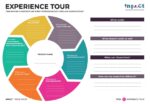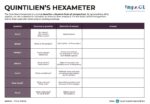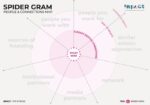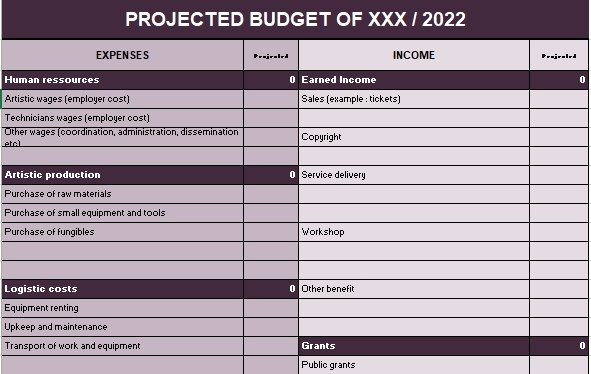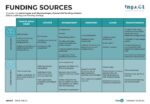Starting up a cultural or artistic project is not an easy task!
Follow the steps to transform your idea into a doable plan.
-
1
it's never
been done before!
Keep your feet on the ground
When your head is in the clouds… keep your feet on the ground. To put it other way, let’s make sure we’re not reinventing the wheel. Have a look around to explore inspiring initiatives carried out elsewhere. Lessons learnt from like-minded projects will contribute to shape the contours of your project idea.
The Tool
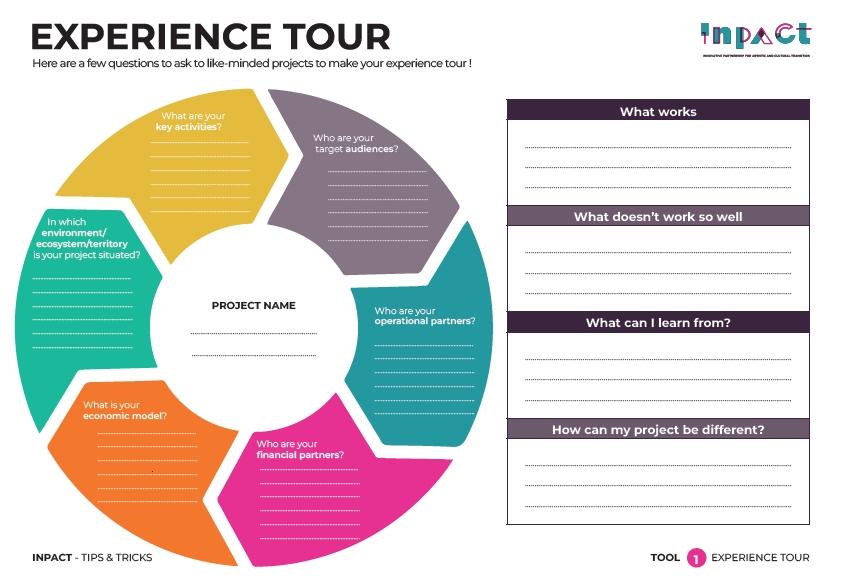
Tool 1 - Experience Tour (click to open in a new tab) What is it?
The tool is a set of guiding questions to make the most of this initial exploration. What’s already out there? What works well? What doesn´t? How does this apply to my project? How’s my project different? Does it have to be different?
How to use it?
Locate a likeminded initiative, deep dive into it and bring to the surface the what, why, how and who’s behind and derive some useful lessons. Tip: Consider having a first-hand experience if possible or tap into the website, users and other sources of information.
Download
-
2
it's brilliant
and it's all in my head!
Clarify your intentions
Napkins get dirty, even lost, and our head storage capacity is limited. Think of the zillions of similarly brilliant ideas that have somehow ended up in utter oblivion. Why not put all these ideas in paper using a Quintilian Hexameter?
The Tool
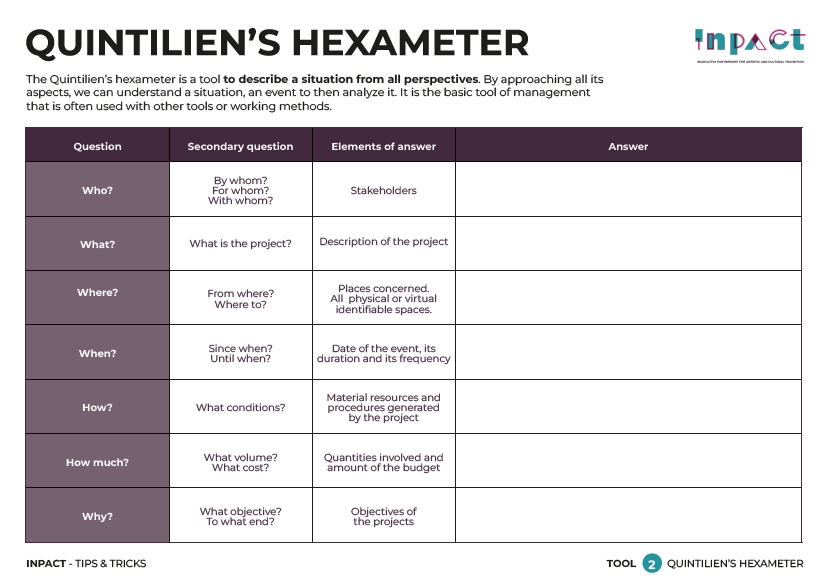
Tool 2 - Quintilien's Hexameter What is it ?
The Quintilian Hexameter it is an efficient tool to gather all the necessary information and clarify your intentions. Consider it as a flexible scaffold to start building a clear project proposal.
How to use it ?
Use the template to ask yourself 7 basic questions: Who? What? Where? When? How? How much? and Why?
Keep your answers tight and concise. Use simple language.
Once you are done with the Hexameter you are ready to produce a short,clean and accurate description of your project idea. At this stage you don´t need to write a novel. How short is short? Think of 1 to 3 pages max that help potential funders or allies understand what you are up to, why, how and who’s behind. Avoid jargon as people reading your proposal may not have a background in Arts.
Download
-
3
time is not
a problem for me
Define a timeline
Ok, maybe not now but consider things will get complicated as your project speeds up. Planning and tracking the activities, events, milestones and deadlines is a "must" to turn your ideas into action. Have you ever heard of Gantt Chart?
The Tool
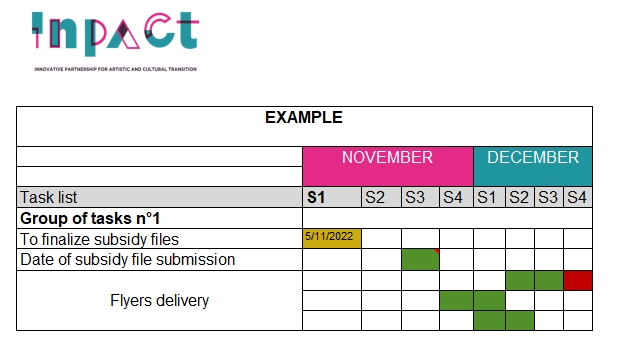
Tool 3 - Gantt Chart What is it?
The Gantt chart lists all the tasks that need to be done to complete the project, and indicates the date by which these tasks must be completed (the schedule). It is one of the most effective tools for visually representing the progress of the different activities (tasks) that make up a project.
How to use it?
First, complete the left-hand column. List all the tasks to be carried out. Then go to the header line. Represent the time needed to complete the task with a horizontal bar. The position and length of the bar represent the start date, duration and end date.
Download
-
4
It's just
me, myself and I
Find allies
The time has come to debunk the myth of the lone artist. Professionals in the Arts and Cultural sector seldom work in isolation. To get the work done they interact online and offline with other colleagues and stakeholders in local, regional, national and international networks.
The Tool

Tool 4 - Spidergram. People & Connections Map What is it?
The stakeholder spidergram helps in identifying the key actors of your creative ecosystem. Usual suspects include other local artists, cultural organizations but also local authority, funders, community members, schools, research institutions.
How to use it?
Put yourself in the central circle and envision the broad range of partners you need to engage with to make your idea come to fruition. The final mix will vary depending on the nature of your project idea.
Download
-
5
it's not
so expensive
Create a budget
Have you really considered all your expenses? Where will the money come from? Do the ends meet? These are essential questions if you don´t want to end up joining the long list of victims of bad budgeting decisions.
The tool
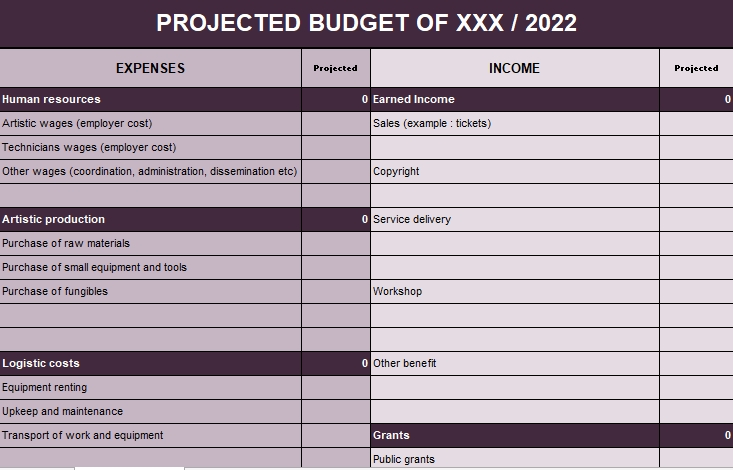
Tool 5 - Budget What is it?
To put it simply a budget is a forecast of the money coming in (income) and the money coming out (expenses). Realistic and accurate budgetting is a craft and you'll progressively get better at it.
How to use it?
At this point, you have already a good idea of all actions needed to bring your project to life so start considering how much would it cost. Typical expenses include:
- Artist fees,
- staff costs,
- equipment,
- space rental,
- travel and meetings,
- marketing and advertising,
- insurance...
Go to the next step to think about your sources of income.
Tip. This is an estimate, an educated guess, so revisit the budget regularly as the project unfolds and shift numbers accordingly.
Download
-
6
people will love it so...
crowdfunding
Combine funding streams
Crowdfunding has received lots of attention as a modern digital format for financing cultural and artistic projects. But don´t be fooled by the mesmerising allure of a handful of success stories. Crowdfunding does not yet replace traditional
funding sources like sales,grants, donations, loans and so on.The tool

Tool 6 - Funding Sources What is it?
Funding-wise, putting all eggs in one basket is not a sound strategy. Normally, artists and cultural organizations create a cocktail of different sources of funding depending on budget needs, context, time and availability.
Typical suspects include: earned income (eg. ticket sales, workshop fees), contributions (eg. grants, individual/corporate contributions, fundraising), in-kind donations (equipment, spaces)
There is not an ultimate mix but it is worth considering the pros and cons of different funding options.
How to use it?
The table describes the advantages and disadvantages of some of the most frequent funding sources. Read it carefully before you take any decision.
Finally, revisit your budget, compare your expenses and your sources of income. They should look similar. If not, work out ways of reducing your expenses or increasing your sources of income.
Tip: Keep your ears/eyes always open for new funding opportunities.
Download


 User Guide
User Guide
 Back to Description
Back to Description